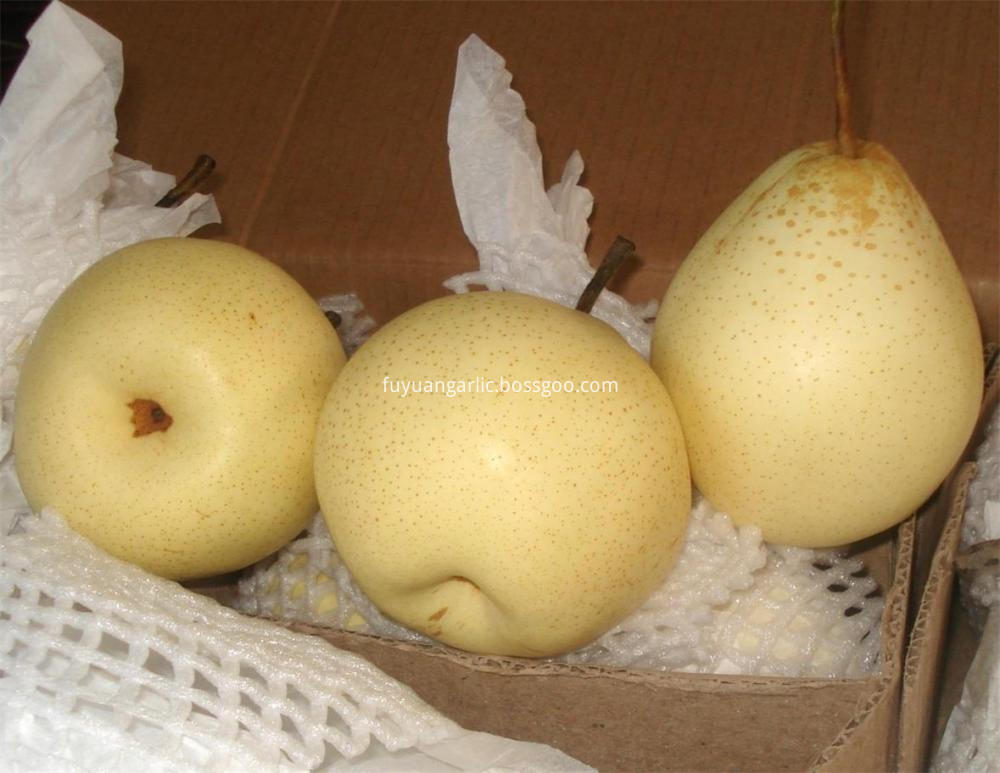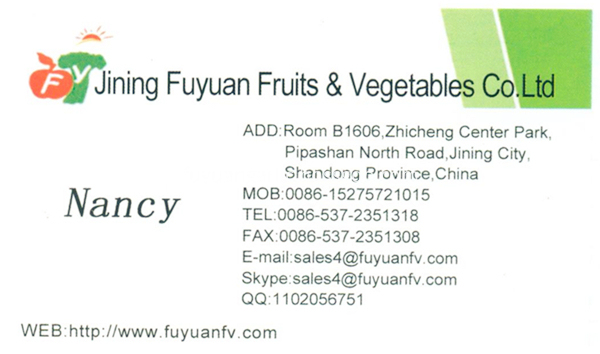The selected excellent species of bitter gourd is warm, heat-resistant, hi-fat, and fragrant, with wide adaptability. When planting in greenhouses, moderate and early maturing varieties such as long bitter gourd, summer-harvest bitter gourd, and bitter gourd of Penang should be selected for moderate and early maturing varieties with moderate branching power, strong growth vigor, and good resistance to stress.
The proper sowing of bitter gourd from sowing to harvesting is about 100 days. According to the production conditions of the greenhouse, and try to ensure that the picking market before and after the Spring Festival, usually the sowing date is determined to be the most appropriate from late September to early October.
Cultivate strong seedlings before sowing preparation 15 to 20 days before sowing, 667 square meters at the end of the application of fermented manure fertilizer 4000 ~ 5000Kg, after spreading, deep plowing soil for 7 to 10 days, and then buckle shed sealing 5 ~ days. The soil is fully sterilized by sunlight exposure and high temperature. Then, on the side of the shed, along the north-south direction, a 6- to 7-meter-long, 1.1- to 1.3-meter-wide gauge is used to set up a seedbed.
Immersion seed germination of seeds of bitter gourd seeds hard, sowing must be soaked before germination, the seeds in hot water at 60 °C scald 20 ~ 30min, then wash the surface of the mucus, then placed in 30 °C warm water Soaking 6 ~ 8h, remove and put into 10% trisodium phosphate solution, soaking disinfection 15 ~ 20min, can be placed at 30 ~ 35 °C temperature conditions, moisturizing germination. General 667 square meters with species 750 ~ 1000g. Seedlings in the greenhouse can be sown when more than 50% of the seeds are exposed. Before sowing, soaked bottom water, until the water completely infiltrated, according to the density of 10cm10cm, the seeds germinated on the seedbed, with fine soil 1.5 ~ 2cm cover evenly. Then scaffold a small arch to keep the temperature inside the arch about 25°C. When the seedlings grow to two leaves and one heart, they gradually lift off the film on the shed, letting the wind cure the seedlings. At seedling stage, do not water or water as little as possible to prevent seedlings from growing. When aphids or whitefly were found to be infested, 10% imidacloprid wettable powder 2500-fold sprays were used to exterminate insects to cultivate innocuous and strong seedlings.
Transplanting in Time When the seedlings grow 4 to 5 leaves, they can be transplanted and planted. Before transplanting, the ridges were covered with mulching film, and were planted on the membrane at a distance of 70-80 cm from the spacing of 30-35 cm. When taking seedlings, try to avoid the completeness of the bandits as much as possible. Planting depth to cotyledon flat surface is appropriate. After the planting, watering along the film smoke, and using wet soil to squeeze the membrane mouth tight, and then seal the greenhouse, warm and slow seedlings.
After the pruning and planting of vines were planted and the seedlings began to bloom, the greenhouse temperature was maintained at 20-25°C during the day and 15-18°C during the night. After the plants reach out, use the beams at the south and north ends of the greenhouse, along the upper part of the seedlings and ridges, put the waste telephone line or wire along the fixed cable, and pull the nylon rope along the distance between the plants in a pull line to timely introduce the vines to the shelves. Bitter gourd has strong branching ability and luxuriant side vines. If left unchecked, it will not only consume nutrients, hinder the normal growth and flowering of the main vine, but also cause canopy closure, affecting the ventilation and transparence of the greenhouse. Therefore, in the process of attracting vines, the side vines of the plants must be removed in time, and dense old leaves and yellow leaves should be removed to enhance photosynthesis. The use of concentrated nutrient supplies facilitates the growth of the main vine and the coloration of the fruit.
Temperature control light bitter gourd appropriate flowering temperature is about 25 °C. In the daytime, when the temperature exceeds 25°C, the film can be released. The night temperature is maintained at about 15°C. The minimum temperature in the morning should not be lower than 12°C. In fine weather, the haystacks were uncovered at 9am and put down after 4pm. When the outside temperature is lowered, a layer of paper or old film can be added to the grasshopper to keep warm and keep warm. In case of cold, rainy and snowy weather, in addition to extending cover time, the snow and dirt on the shed film should be removed as soon as possible, and the light curtain and fill light should be added to increase the light in the shed and increase the shed temperature to meet the growing needs of bitter gourd.
Fertilizer water management from transplanting to flowering, bitter gourd plants are smaller, the amount of water needed for fertilizer is less. Into the fruiting period of the flowering, the amount of fertilizer needed to increase rapidly, and it can be top-dressed during budding, fruit setting and picking. When topdressing, it can be combined with watering, and appropriate amount of cooked chicken manure or humic acid compound fertilizer. When watering, it is necessary to dilute the water and avoid flooding. Usually, it is selected to be taken in the sunny afternoon, and it cannot be watered in the cold weather.
Artificial pollination Bitter gourd is a cross-pollination crop, in the greenhouse cultivation environment, there are very few pollinators, artificial pollination can effectively improve the fruit set rate and fruit quality. The pollination time is usually from 6 to 10 in the previous year. At the same time, smearing female flowers with 2,4-D can effectively reduce the lotus flower and significantly increase the fruit setting rate.
Pest control bitter gourd has strong stress resistance, and it is rarely attacked by pests and diseases during greenhouse cultivation. If locusts, whitefly, or fruit flies are found to be harmful or infestation of anthrax or spotted disease, and the prevention and control indicators are met, the enclosed environment naturally formed in the greenhouse can be used to select highly efficient, low-toxic, low-residue pollution-free pesticides. Imidacloprid, avermectin, extermination smoke agent, chlorothalonil smoke agent, etc., symptomatic treatment.
Picking up bitter gourd at the right time mainly uses the tender melon, and the picking period is more stringent. Generally 10 to 12 days after flowering, the top corolla is dry and detached, and the fruit is fully grown. The strips and nodules on the pericarp swell rapidly, and are prominent, full and full of light, and the color is bright. When the variety is fully developed, it can be picked. . When harvesting, the fruit handle should be used to cut the fruit handle to prevent tearing, tearing, pulling and hurting the fruit, which will affect the storage and commercial value of the bitter gourd.
Ya Pear is packed with health benefiting nutrients such as dietary fiber,anti-oxidants,minerals and vitamins, which are necessary for optimum health.Total measured antioxidant strength in pear. Pear are good source of dietary fiber and very low calorie fruit,also are a mild,sweet fruit with a fibrous center.Pear are rich in importantioxidants,flavonoids and dietary fiber and pack all of those nutrients in a fat-free,cholesterol-free,100-calorie package. That`s very good for our health. If you need it,please feel free to contact me as below.
|
Type: Ya pear |
Style: Fresh |
|
Size: 36#/40#/44#/48#/72#/80#/96# |
Grade: Class A |
|
Package: 4kg carton to 18kg carton |
Place of origin: Hebei Province |
|
Taste: Sweet,soft,crisp |
Color: Light yellow |
|
Fresh season: August to September |
Supplying time: August to May next year |
|
Payment term: LC/TT/Flexible |
Crop: 2018 year |

If you need about it,please feel free to contact me,which is contact information as below.

Yellow Ya Pear,Big Ya Pear,Golden Pear,Sweet Juicy Ya Pear
Jining Fuyuan Fruits And Vegetables Co., Ltd. , https://www.fuyuanfv.com